 Essay Writing Web
Essay Writing Web

 29-08-2024
29-08-2024
 www.essaywritingweb.com
www.essaywritingweb.com
In the contemporary digital era, the mobile phone has transcended its initial purpose of voice communication to become an indispensable tool in our daily lives. Initially conceived as a device for making calls from virtually anywhere, the mobile phone has evolved into a multifaceted instrument that integrates various functions including texting, internet browsing, photography, and even financial transactions. This evolution reflects broader technological advancements and shifts in social behavior, as mobile phones increasingly influence how we interact, work, and entertain ourselves. The advent of smartphones has further revolutionized this field, offering applications and services that cater to a myriad of needs and preferences. As we navigate through the complexities of modern life, understanding the mobile phone's impact on our personal and professional spheres is essential to grasp its significance in contemporary society.
The journey began in the 1940s with the development of the first wireless communication systems. During this period the concept of a mobile phone was more theoretical than practical. Researchers and engineers envisioned a system where voice could be transmitted wirelessly, but it was not until the 1970s that significant strides were made. The key breakthrough came with the invention of the first handheld mobile phone by Martin Cooper an engineer at Motorola. In 1973, Cooper made the first public call using the Motorola DynaTAC 8000X, a device that weighed nearly 2.5 pounds and offered just 30 minutes of talk time. This marked the beginning of new era in telecommunications.
The 1980s saw the commercialization of mobile phones with the advent of cellular technology. The introduction of the first generation (1G) of mobile networks allowed for analog voice communication. This period was characterized by bulky, expensive devices and limited coverage. However, it laid the groundwork for future innovations. The initial models, such as the Motorola DynaTAC 8000X, were a luxury item accessible only to the affluent, symbolizing status as much as practicality.

The 1990s marked a significant leap with the introduction of the second generation (2G) of mobile networks. This era saw the transition from analog to digital communication, which improved voice quality and introduced text messaging (SMS) as a new feature. Mobile phones became smaller, more accessible and more affordable to the general public. Nokia and Ericsson emerged as leading manufacturers, offering a range of models that became popular worldwide. The 2G era also saw the introduction of mobile internet, paving the way for future developments.
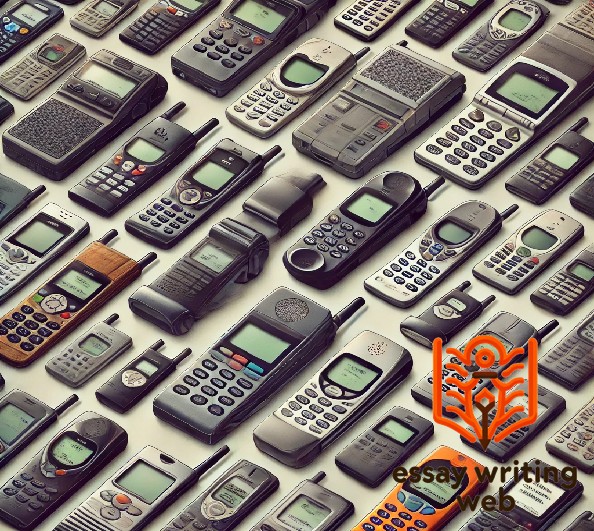
The turn of the millennium heralded the arrival of the third generation (3G) networks, which enabled faster data transfer and supported the rise of smartphones. The launch of Apple's iPhone in 2007 was a pivotal moment, revolutionizing the mobile phone industry. The iPhone combined a touch screen, internet connectivity, and a powerful operating system, setting new standards for functionality and design. The introduction of the Android operating system by Google further accelerated the development of smartphones, providing a competitive alternative and fostering a diverse ecosystem of devices.
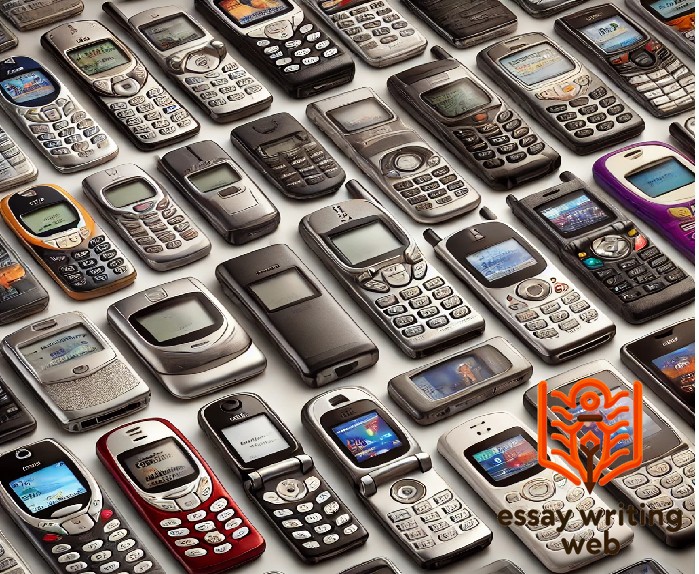
The 2010s brought the fourth generation (4G) networks, offering even faster data speeds and enabling high-definition video streaming, mobile gaming, and other data-intensive applications. Smartphones continued to evolve, incorporating advanced features such as high-resolution cameras, biometric security, and augmented reality. The rise of 5G technology in the late 2010s promised even greater connectivity and data speeds, further integrating mobile phones into various aspects of everyday life.
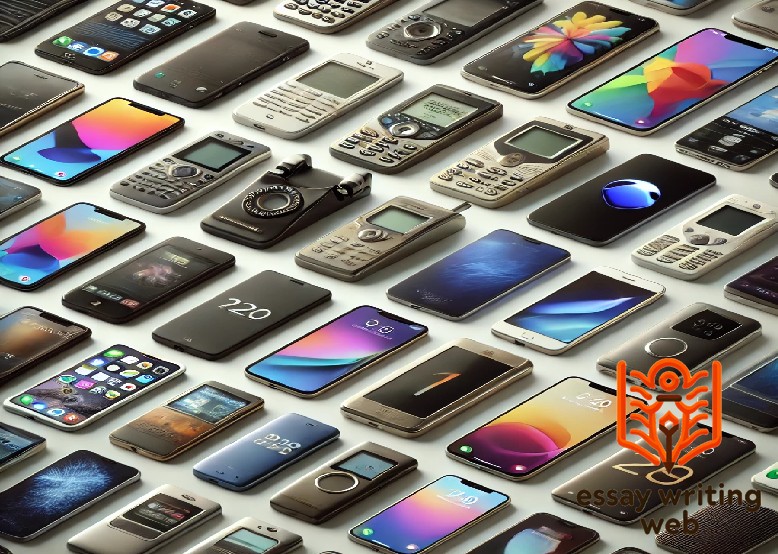
The advent of the mobile phone has brought about transformative changes in personal communication, profoundly altering the way individuals interact with one another. From its inception as a tool for voice communication to its current status as a multifaceted device capable of handling a range of communication forms, the mobile phone has redefined interpersonal connectivity. This essay explores how mobile phones have changed personal communication through calls, texts, and social media, highlighting both the advancements and their implications.
The traditional landline phone once dominated personal communication, providing a fixed means of voice interaction. However, the mobile phone introduced a revolutionary shift by allowing people to communicate from virtually anywhere. The mobility aspect meant that individuals were no longer tethered to their homes or offices, offering unprecedented convenience and flexibility. Early mobile phones, though bulky and costly, began to erode the dominance of landlines by providing the freedom to make calls on the go.
As mobile technology advanced, so did voice communication capabilities. Modern smartphones have enhanced voice clarity and reliability through digital networks, enabling high-quality conversations even in areas with variable signal strength. Features such as voice over internet protocol (VoIP) and video calling have further expanded the scope of voice communication, allowing for real-time interactions that were once limited to face-to-face meetings.
Text messaging, or SMS (Short Message Service), represents one of the most significant changes brought about by mobile phones. Initially introduced as a secondary feature in the 1990s, SMS quickly became a primary mode of communication due to its convenience and brevity. Unlike voice calls, texts offer a written record of conversations, enabling users to communicate without the need for immediate response.
The rise of text messaging led to the development of new communication habits and etiquettes. Texts often allow for more thoughtful, concise exchanges and facilitate communication in environments where voice calls may be disruptive. The advent of multimedia messaging service (MMS) further enriched text communication by allowing users to send images, videos, and audio clips, thereby broadening the expressive capabilities of written messages.
The integration of social media platforms into mobile phones has marked a paradigm shift in personal communication. Social media apps like Facebook, Twitter, Instagram, and WhatsApp have transformed how individuals connect, share, and interact. Unlike traditional communication methods, social media platforms provide a space for users to broadcast updates, share experiences, and engage with a broad audience in real-time.
Social media has introduced new forms of interaction, such as status updates, photo sharing, and public commenting. It has also facilitated the creation of virtual communities, where people with shared interests can connect regardless of geographic location. The immediate feedback and widespread reach of social media have changed the dynamics of personal relationships, offering opportunities for both deeper connections and, at times, superficial interactions.
The interplay between mobile phones and technology represents one of the most dynamic aspects of modern life. From their humble beginnings as simple communication devices, mobile phones have undergone a remarkable evolution, driven by advancements in technology. This synergy has not only transformed mobile phones into powerful multipurpose tools but has also reshaped various facets of society, including how we communicate, work, and entertain ourselves. This essay explores the profound relationship between mobile phones and technology, highlighting key developments and their broader implications.
The inception of mobile phones in the 1970s marked the beginning of a new era in telecommunications. The first generation (1G) of mobile networks provided analog communication, enabling voice calls over a wireless network. Early mobile phones were large, expensive, and had limited functionality, but they laid the groundwork for future innovations. The initial technology focused primarily on improving voice quality and expanding coverage, setting the stage for subsequent developments.
The 1990s ushered in the second generation (2G) of mobile technology, characterized by the transition from analog to digital communication. This shift enabled the introduction of Short Message Service (SMS), which revolutionized text-based communication. Mobile phones became more compact and affordable, and the digital infrastructure facilitated improved voice clarity and reliability. The emergence of 2G technology also paved the way for mobile internet access, allowing users to browse the web and access email on their devices.
The early 2000s saw the rise of the third generation (3G) networks, which significantly enhanced data transmission speeds and supported a range of new applications. This period marked the beginning of smartphones, devices that combined mobile communication with computing power. The launch of Apple's iPhone in 2007 and the subsequent development of Android-based smartphones showcased the potential of integrating touchscreens, high-speed internet, and diverse applications. This era also saw the proliferation of app stores, which enabled users to customize their devices with various applications ranging from social media to productivity tools.
The introduction of fourth generation (4G) networks brought about a significant leap in data speeds and connectivity. The enhanced bandwidth supported high-definition video streaming, mobile gaming, and real-time communication. Smartphones continued to evolve, incorporating advanced features such as high-resolution cameras, biometric security (fingerprint and facial recognition), and powerful processors. The integration of GPS technology facilitated location-based services, including navigation apps and location tracking.
The 4G era also saw the rise of the Internet of Things (IoT), where mobile phones became central hubs for managing smart devices. From controlling home automation systems to monitoring fitness trackers, smartphones enabled seamless interaction with a wide range of connected devices. This interconnectedness exemplified the growing influence of mobile technology on daily life, extending beyond communication to encompass various aspects of personal and professional activities.
The rollout of fifth generation (5G) networks marks the latest advancement in mobile technology, offering unprecedented data speeds, low latency, and enhanced connectivity. 5G technology promises to support the next generation of innovations, including augmented reality (AR), virtual reality (VR), and advanced artificial intelligence (AI) applications. The increased bandwidth and reduced latency of 5G are expected to drive the development of smart cities, autonomous vehicles, and other cutting-edge technologies.
The integration of AI into mobile phones has also become a significant trend, with devices leveraging machine learning algorithms to enhance user experiences. AI-powered virtual assistants, predictive text, and personalized recommendations are just a few examples of how technology is making mobile phones more intuitive and responsive to individual needs.
The mobile phone market is a diverse and dynamic landscape, populated by a variety of devices from numerous manufacturers. Each company offers distinct models designed to cater to different needs and preferences, reflecting a broad spectrum of technological advancements and user requirements. This essay provides an overview of several prominent mobile phone brands and the types of phones they offer, highlighting their unique features and market positions.
Apple's iPhone is synonymous with premium smartphones, renowned for its sleek design, user-friendly interface, and robust ecosystem. The iPhone series typically includes several models released annually, catering to various segments of the market.

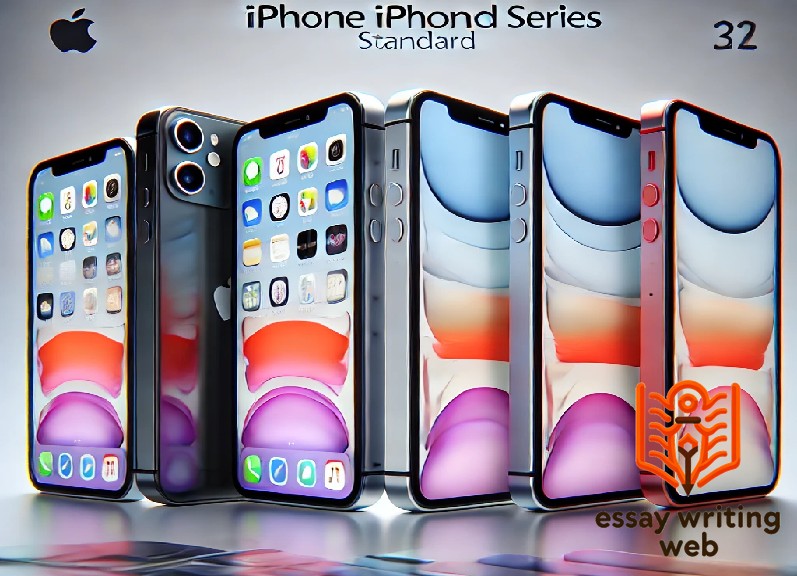

Samsung is a major player in the mobile phone industry, offering a wide range of devices under various series. Samsung phones are known for their innovation, particularly in display and camera technology.
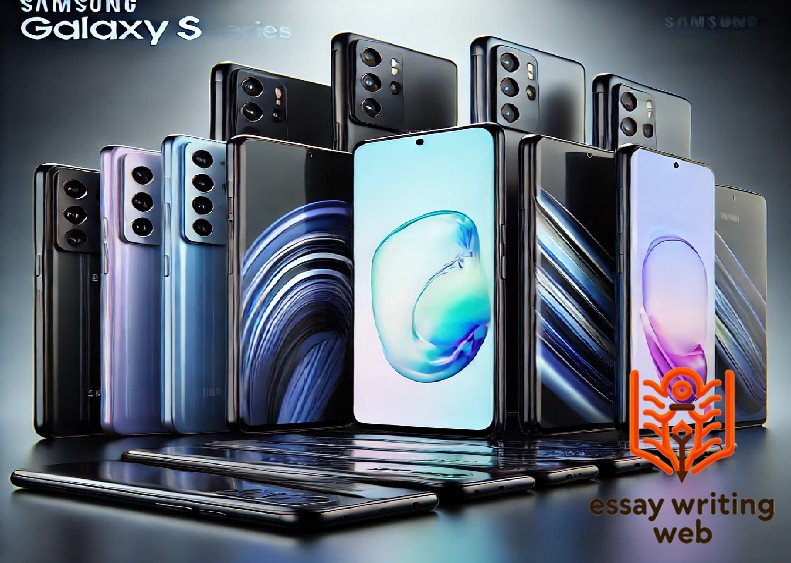
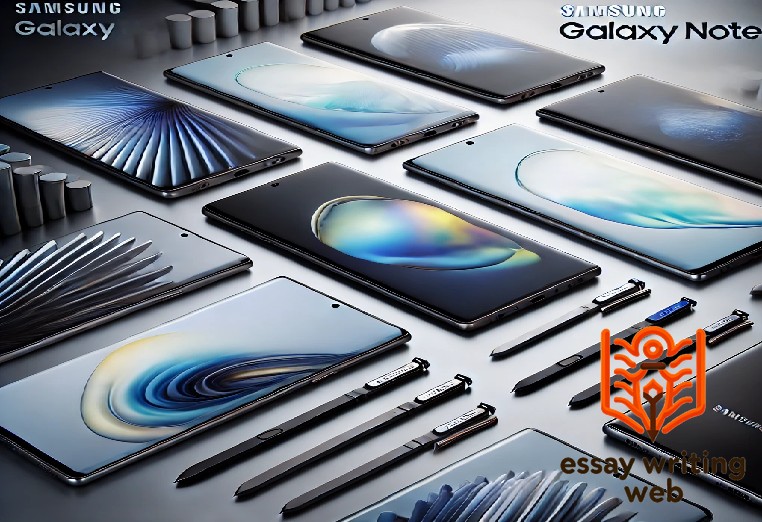

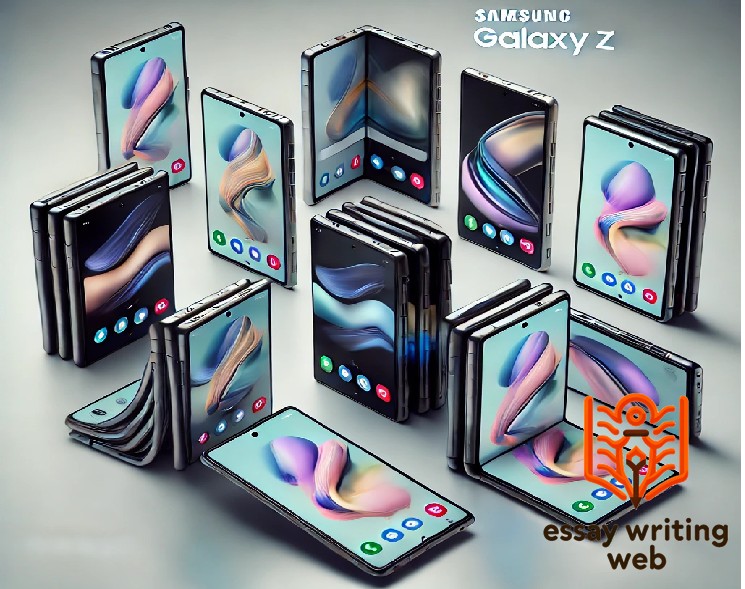
Xiaomi is known for offering high-quality phones at competitive prices, appealing to budget-conscious consumers who still want advanced features.
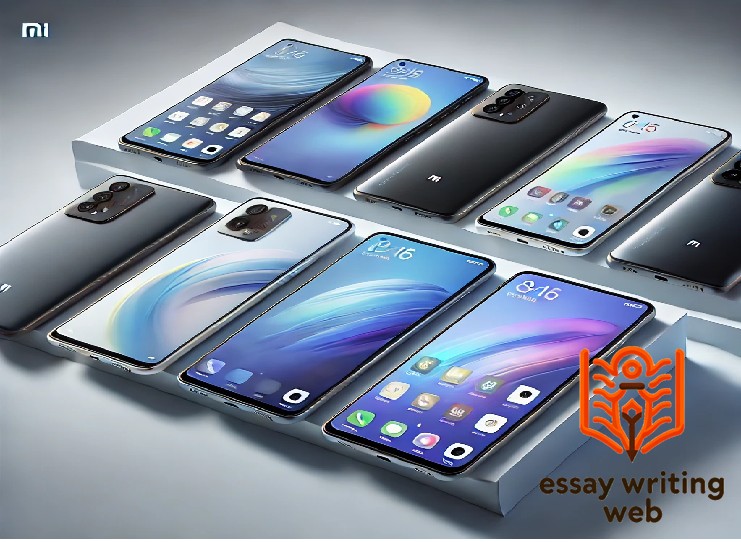
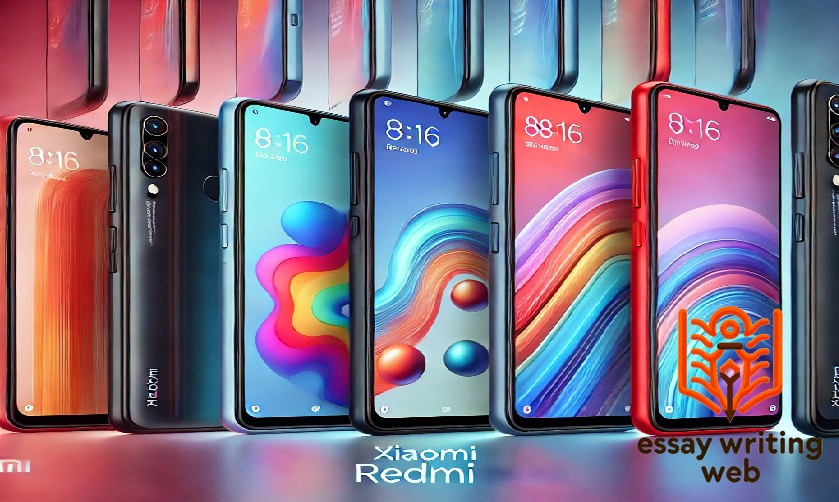
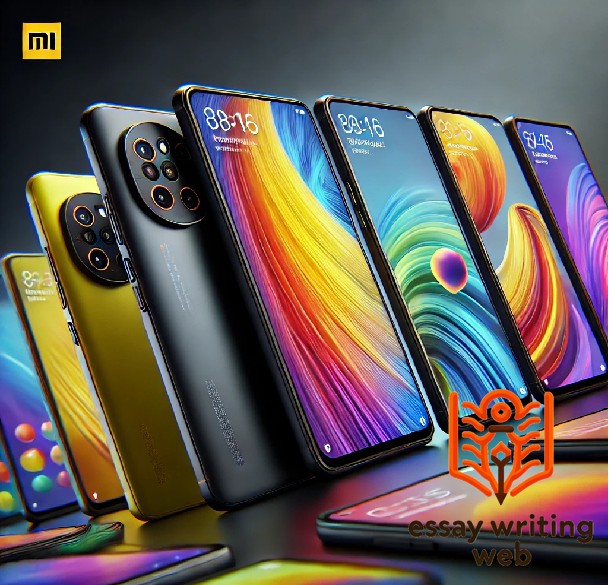
OnePlus is known for delivering high-performance phones with a focus on speed and user experience.
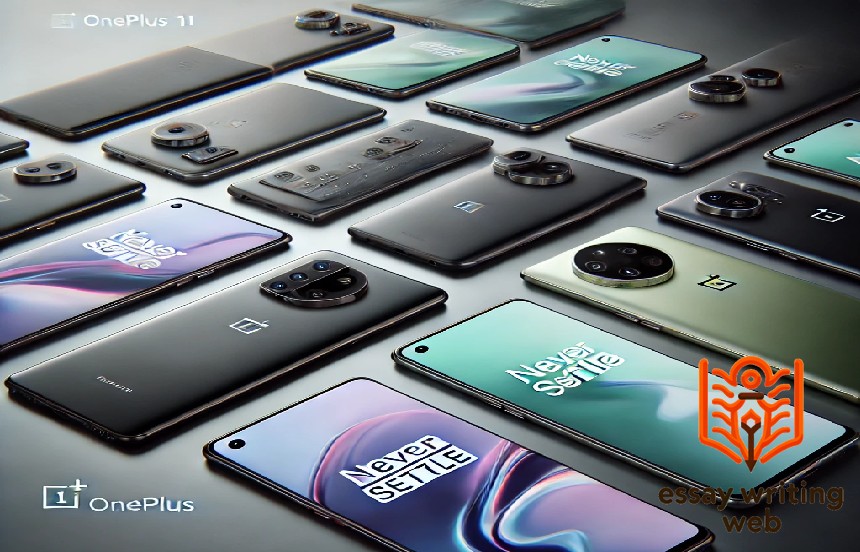
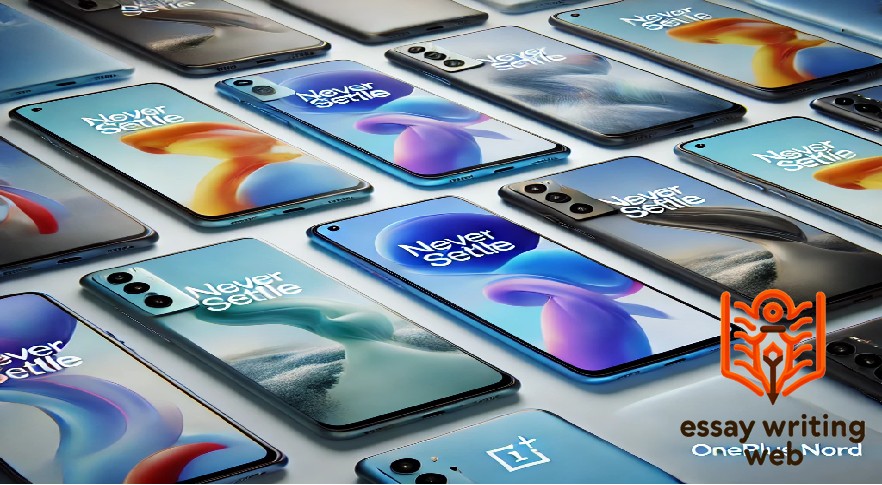
Mobile phones have become integral to modern life, influencing communication, business, and entertainment. As their prevalence and functionality have expanded, governments around the world have implemented regulations to address various concerns associated with their use. These regulations aim to balance the benefits of mobile technology with considerations for public safety, privacy, and societal impacts. This essay explores the key areas of government regulation concerning mobile phone usage and examines their implications.
One of the primary areas of government regulation concerning mobile phones is public safety. Governments have enacted laws to mitigate the risks associated with mobile phone use, particularly while driving. Distracted driving laws, for instance, restrict or ban the use of mobile phones for texting, calling, or browsing while operating a vehicle. These regulations are designed to reduce accidents caused by driver distraction and improve road safety.
In addition to driving, governments have also addressed the safety of mobile phone usage in other contexts. For example, some countries have implemented regulations to prevent mobile phone use in hazardous environments, such as construction sites or refineries, where electromagnetic interference could pose risks. These regulations are aimed at protecting workers and ensuring that mobile phone usage does not compromise safety.
Privacy and data protection are critical areas of concern in the realm of mobile phone regulation. Governments have introduced laws and frameworks to safeguard users' personal information and ensure that mobile phone data is handled responsibly.
For instance, the General Data Protection Regulation (GDPR) in the European Union imposes stringent requirements on how companies collect, store, and process personal data. This regulation includes provisions specific to mobile applications, requiring companies to obtain explicit consent from users before collecting data and to provide transparency about data usage. Similar data protection laws, such as the California Consumer Privacy Act (CCPA) in the United States, address privacy concerns and give users more control over their personal information.
Governments also regulate the use of mobile phone data by law enforcement and intelligence agencies. In many countries, legal frameworks outline the conditions under which authorities can access mobile phone data, balancing the need for security with respect for individual privacy rights.
Network security is another critical area of government regulation. As mobile networks become more complex and integral to national infrastructure, ensuring their security is paramount. Governments have implemented regulations to protect mobile network operators and users from cyber threats and attacks.
One example is the regulation of telecommunications infrastructure, including requirements for network operators to implement robust security measures and regularly update their systems. Governments may also mandate the use of encryption and other security protocols to protect data transmitted over mobile networks. Additionally, some countries have established cybersecurity agencies tasked with monitoring and responding to threats targeting mobile networks.
Consumer protection is a key focus of mobile phone regulation, aimed at ensuring fair practices in the industry and protecting users from exploitation. Governments regulate various aspects of mobile phone sales and services to safeguard consumer interests.
For example, regulations may address issues related to misleading advertising, ensuring that phone manufacturers and service providers provide accurate information about their products and services. Consumer protection laws may also cover aspects such as warranty and repair services, ensuring that users have access to fair and transparent processes for addressing defects or issues with their devices.
Furthermore, governments often regulate mobile phone contracts and billing practices to prevent unfair charges and hidden fees. Regulations may require service providers to clearly disclose contract terms and pricing, ensuring that consumers can make informed decisions.
Environmental concerns have also prompted government regulations related to mobile phones. As electronic waste (e-waste) becomes a growing issue, governments have introduced regulations to promote the responsible disposal and recycling of mobile devices.
E-waste regulations typically require manufacturers to take responsibility for the lifecycle of their products, including providing options for recycling and proper disposal. Some countries have established collection programs and recycling targets to reduce the environmental impact of discarded mobile phones and promote the reuse of valuable materials.